Contents
Tips, Techniques, and Regulations for Successful Coyote Hunting in Wisconsin

Wisconsin, or “wi” as it is commonly abbreviated, is a state known for its diverse wildlife and beautiful landscapes. Among the many hunting opportunities available in this great state, coyote hunting stands out as a thrilling and challenging experience. Whether you are a seasoned hunter or a novice looking to venture into the world of predator hunting, Wisconsin offers a variety of tips, techniques, and regulations to ensure a successful and enjoyable hunt.
Hunting coyotes in Wisconsin requires a combination of skill, knowledge, and patience. These cunning creatures are known for their adaptability and intelligence, which makes them a tough target for hunters. However, with the right strategies and techniques, you can increase your chances of a successful hunt. One effective method is using distress calls or electronic callers to mimic the sounds of a wounded prey. Coyotes, being opportunistic scavengers, are attracted to these distress calls and may come into range for a shot.
It is important to note that coyote hunting in Wisconsin is regulated by the state’s Department of Natural Resources (DNR). Hunters must possess a valid small game license, along with a trapping or hunting license specific to coyotes. There are also specific regulations regarding hunting seasons, bag limits, and equipment usage. Before heading out into the field, it is essential to familiarize yourself with these regulations to ensure compliance and conservation of wildlife.
Tips for Successful Coyote Hunting
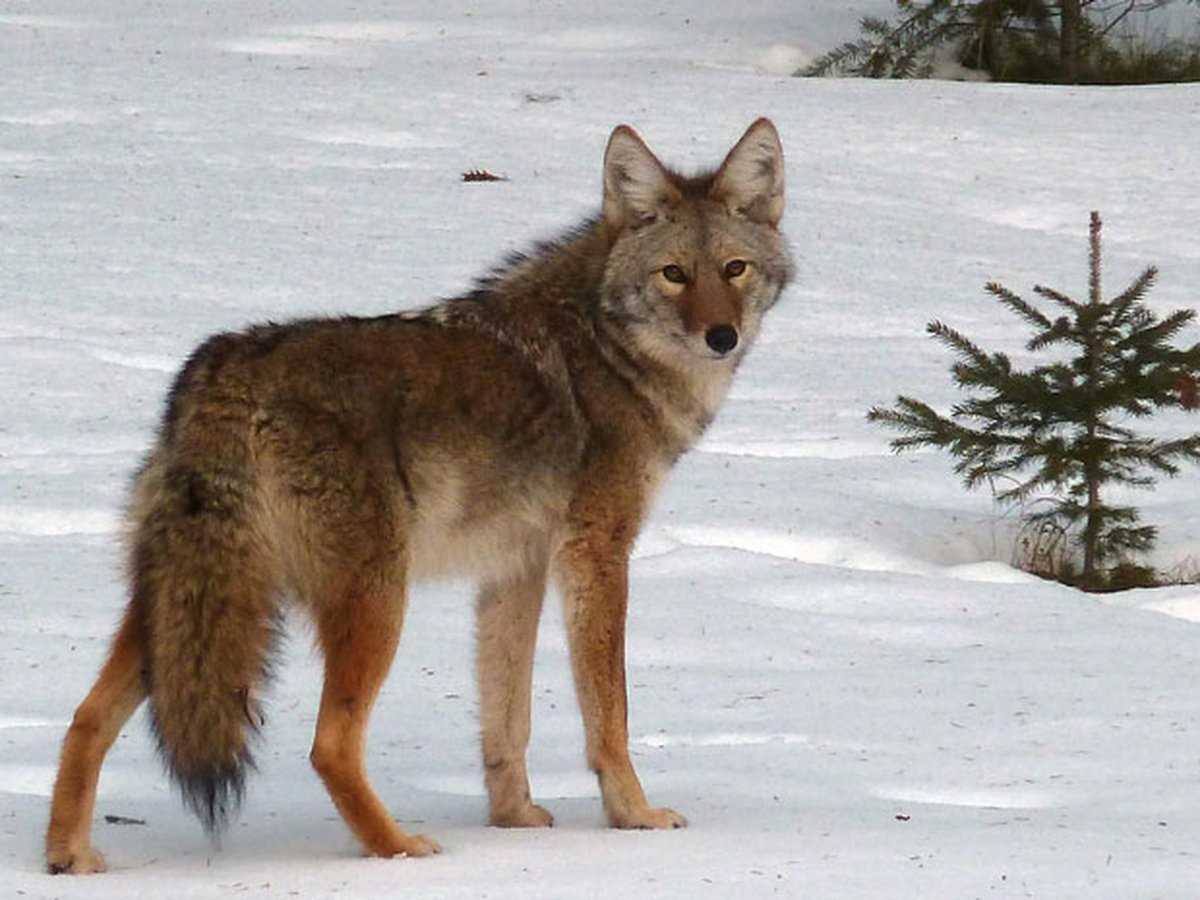
When it comes to hunting coyotes, there are a few tips and techniques that can help increase your chances of success. Here are some things to keep in mind:
1. Scout your hunting area: Before heading out, take the time to scout the area where you plan to hunt. Look for signs of coyote activity such as tracks, scat, and kills. This will help you determine the best locations to set up your stand or blind.
2. Choose the right hunting time: Coyotes are most active during the early morning and late evening hours. Plan your hunting trips accordingly to increase your chances of encountering a coyote.
3. Use the right hunting calls: Coyotes are highly vocal animals, and using the right calls can attract them to your location. Experiment with different calls such as rabbit distress, howls, and yips to see which ones are most effective in your area.
4. Practice good scent control: Coyotes have a keen sense of smell, so it’s important to minimize your scent when hunting. Use scent-eliminating sprays, wash your hunting clothes in scent-free detergent, and avoid smoking or wearing strong-smelling perfumes or colognes.
5. Use camouflage and concealment: Coyotes have sharp eyesight, so it’s important to blend in with your surroundings. Wear camouflage clothing and use natural cover to hide your movements.
6. Shoot accurately: Coyotes are fast and agile animals, so it’s important to make accurate shots. Practice shooting from different positions and distances to improve your accuracy.
7. Stay patient and be persistent: Coyote hunting can be challenging, and success doesn’t always come quickly. Stay patient and persistent, and keep trying different tactics and areas until you find success.
Remember, coyote hunting regulations can vary depending on your location, so be sure to check your state and local hunting regulations before heading out. Happy hunting!
Choosing the Right Equipment

When it comes to coyote hunting in Wisconsin, having the right equipment can greatly increase your chances of success. Here are some essential items to consider:
- A high-powered rifle or shotgun: It’s important to have a firearm that can effectively take down coyotes from a distance. Look for a rifle with a caliber of .22 or larger, or a shotgun with a load of #4 buckshot or larger.
- Scopes or optics: Having a good scope or set of binoculars can help you spot coyotes from a distance and track their movements more effectively.
- Decoys and calls: Using decoys and calls can attract coyotes to your hunting location. Look for realistic decoys and electronic or mouth calls that imitate the sounds of injured prey.
- Camouflage clothing: It’s important to blend in with your surroundings to avoid detection by coyotes. Choose camouflage clothing that matches the terrain and weather conditions in your hunting area.
- Comfortable boots: Since coyote hunting often requires hours of walking and stalking, it’s important to have comfortable and durable boots that provide good traction.
- Safety gear: Don’t forget to prioritize safety while hunting. Wear a blaze orange hat or vest to make yourself visible to other hunters, and consider using hearing protection to preserve your hearing.
Remember to check and comply with all applicable hunting regulations in Wisconsin. Additionally, always practice ethical and responsible hunting practices to ensure the preservation of wildlife populations and the environment.
Locating Coyotes
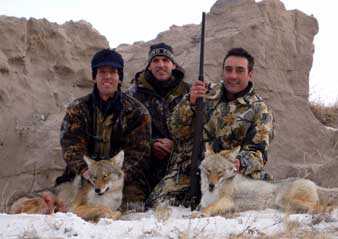
When hunting coyotes in Wisconsin, it is crucial to know how to locate these elusive creatures. Here are some tips on finding coyotes in the wild:
- Listen for their howls or yips: Coyotes are known for their distinct vocalizations, especially during the breeding season. Pay attention to their howls and yips, as they can help you pinpoint their location.
- Look for tracks: Coyotes leave tracks behind as they move through the landscape. Look for their paw prints in areas such as sandy soil, muddy patches, or snow. These tracks can provide clues about their movement patterns and help you locate them.
- Scan open areas: Coyotes are opportunistic predators that often hunt in open areas such as fields, meadows, or agricultural lands. Take the time to scan these areas with binoculars or a spotting scope. Look for movement or any signs of coyote activity.
- Follow the signs: Coyotes leave behind various signs of their presence. Look for scat, hair, or scratch marks on trees or fence posts. These signs can indicate that coyotes have recently been in the area.
- Use predator calls: Coyotes are attracted to distress calls of prey animals. Try using different predator calls such as rabbit distress or fawn distress calls to lure them in. Be patient and persistent, as it may take time for them to respond.
By using these techniques and being observant in the field, you can increase your chances of locating coyotes in Wisconsin while hunting.
Setting Up the Perfect Stand
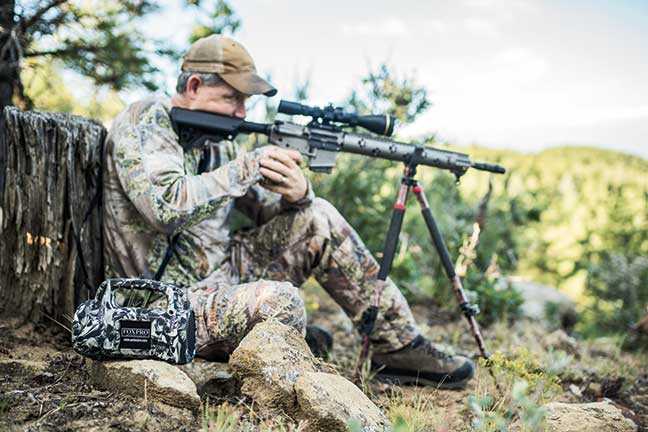
When it comes to coyote hunting, setting up the perfect stand can greatly improve your chances of success. Here are some tips and techniques to help you create an effective hunting setup:
- Choose the Right Location: Look for areas with high coyote activity, such as known feeding areas or areas with recent signs of their presence. You can also scout for tracks, scat, and other signs to determine the best location.
- Consider Wind Direction: Coyotes have an incredibly keen sense of smell, so it’s important to set up your stand with the wind in your favor. Position yourself downwind from where you expect the coyotes to approach.
- Create Effective Concealment: Coyotes are wary and have sharp eyesight, so it’s crucial to blend into your surroundings. Use natural cover like trees, bushes, or tall grass to break up your outline and avoid any reflective clothing or gear that could give you away.
- Use Decoys and Calls: Coyotes are curious creatures, and using decoys and calls can help attract them to your stand. A decoy that mimics a wounded animal or a distressed rabbit call can be effective in luring them in closer for a shot.
- Practice Stealth and Patience: When setting up your stand, be as quiet as possible and avoid making any unnecessary noise that could alert nearby coyotes. Once you’re in position, be patient and wait silently, as coyotes may take some time to approach.
- Be Mindful of Regulations: Before setting up your stand, make sure to familiarize yourself with the hunting regulations in your area. This includes knowing the hunting season, bag limits, and any specific rules or restrictions regarding coyote hunting.
By following these tips and techniques, you can increase your chances of a successful coyote hunting experience. Remember to always prioritize safety and ethical hunting practices while enjoying the thrill of the chase.
Techniques for Effective Coyote Hunting
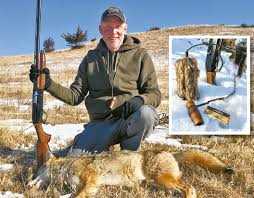
Effective coyote hunting requires a combination of patience, skill, and knowledge of the animal’s behavior. Here are some techniques that can help improve your chances of a successful hunt:
1. Calling:
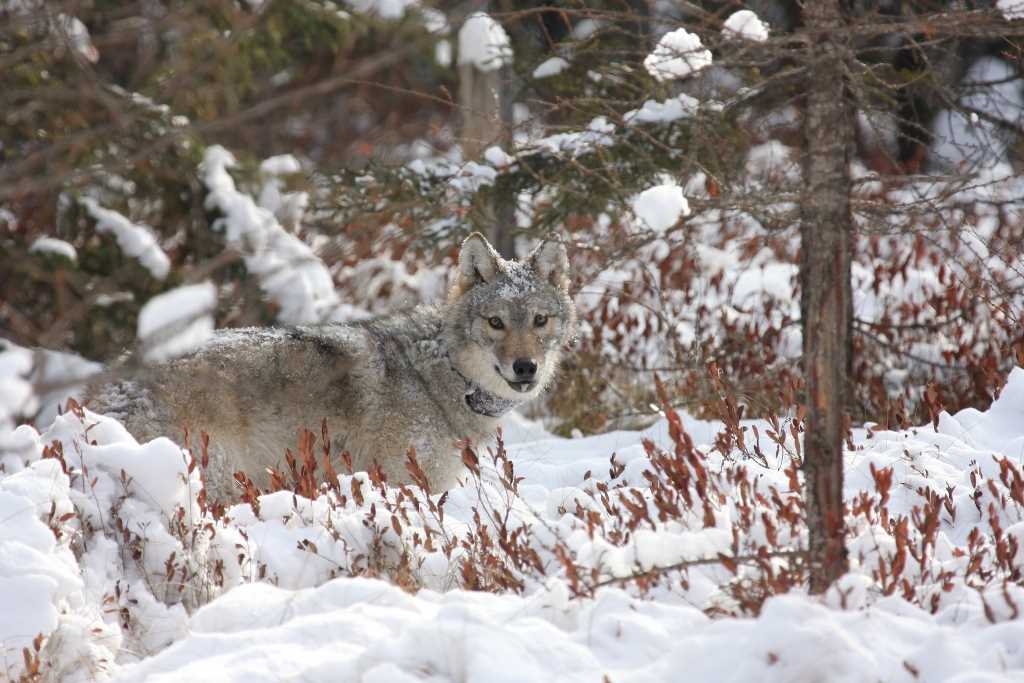
Using a coyote call is one of the most effective ways to attract coyotes. Electronic calls can mimic various sounds such as injured prey or howling coyotes, which can entice them to come closer. However, it’s essential to use calls sparingly and realistically to avoid spooking the coyotes.
2. Camouflage:

Coyotes have keen eyesight, so it’s crucial to blend in with your surroundings. Wear camouflage clothing that matches the terrain and use natural cover to break up your outline. Consider using a camouflage face mask and gloves to prevent any exposed skin from giving away your presence.
3. Wind Direction:
Coyotes rely heavily on their sense of smell, so make sure to pay attention to the wind direction. Position yourself upwind from where you expect the coyote to approach, as this will minimize the chance of them detecting your scent.
4. Concealment:
Find a good vantage point, such as a hill or a tree stand, that provides a clear view of the hunting area. Use natural cover and vegetation to conceal your position, while also ensuring that you have a clear line of sight for a safe and ethical shot.
5. Decoy Use:

Using a coyote decoy can be an effective tactic to attract curious coyotes and bring them into range. Place the decoy in an open area, within shooting distance, and use it in conjunction with calling to create a more realistic scenario.
6. Night Hunting:

Coyotes are more active during the night, so consider hunting them during this time. Use night vision scopes or thermal imaging equipment to increase your chances of spotting and targeting coyotes in low light conditions.
7. Patience and Practice:

Hunting coyotes can be challenging, so it’s important to be patient and persistent. Spend time scouting the area beforehand, learn their habits, and practice your shooting skills to ensure accurate and ethical shots.
Remember to always follow local regulations and obtain the necessary permits and licenses for coyote hunting in your area. Respect the land and wildlife, and ensure your safety and the safety of others throughout the hunting experience.

A skilled hunter, dedicated conservationist, and advocate for ethical practices. Respected in the hunting community, he balances human activity with environmental preservation.
